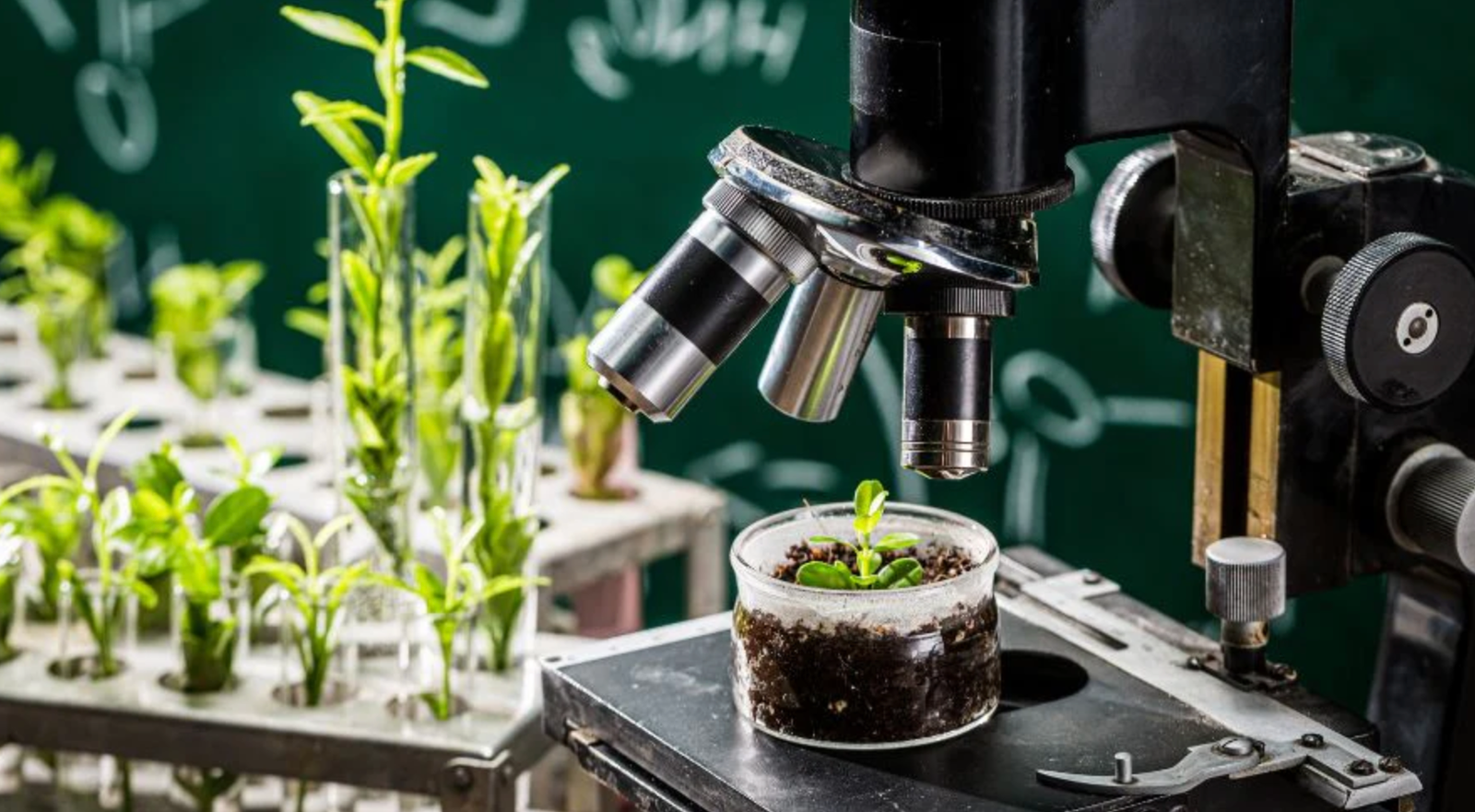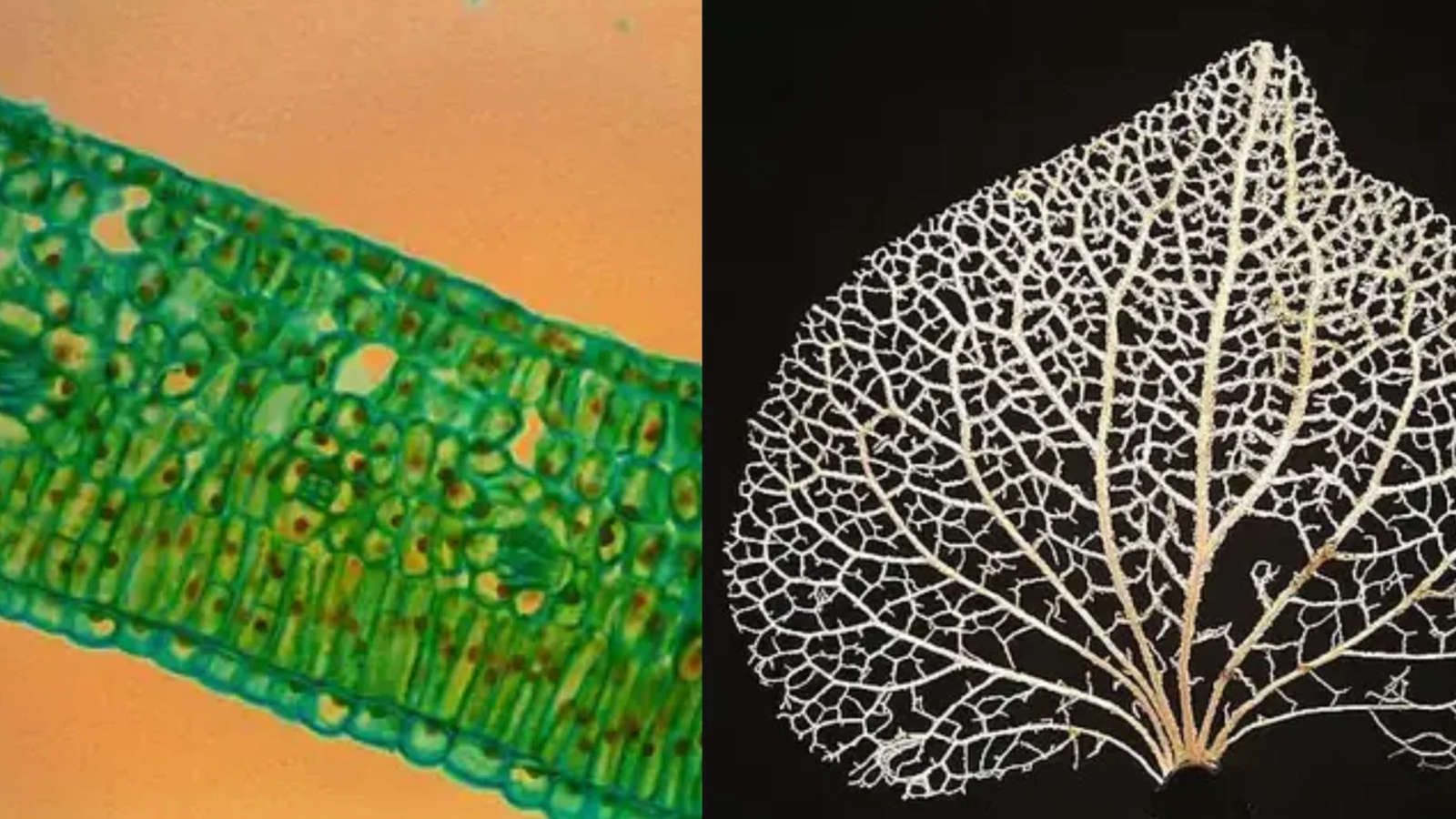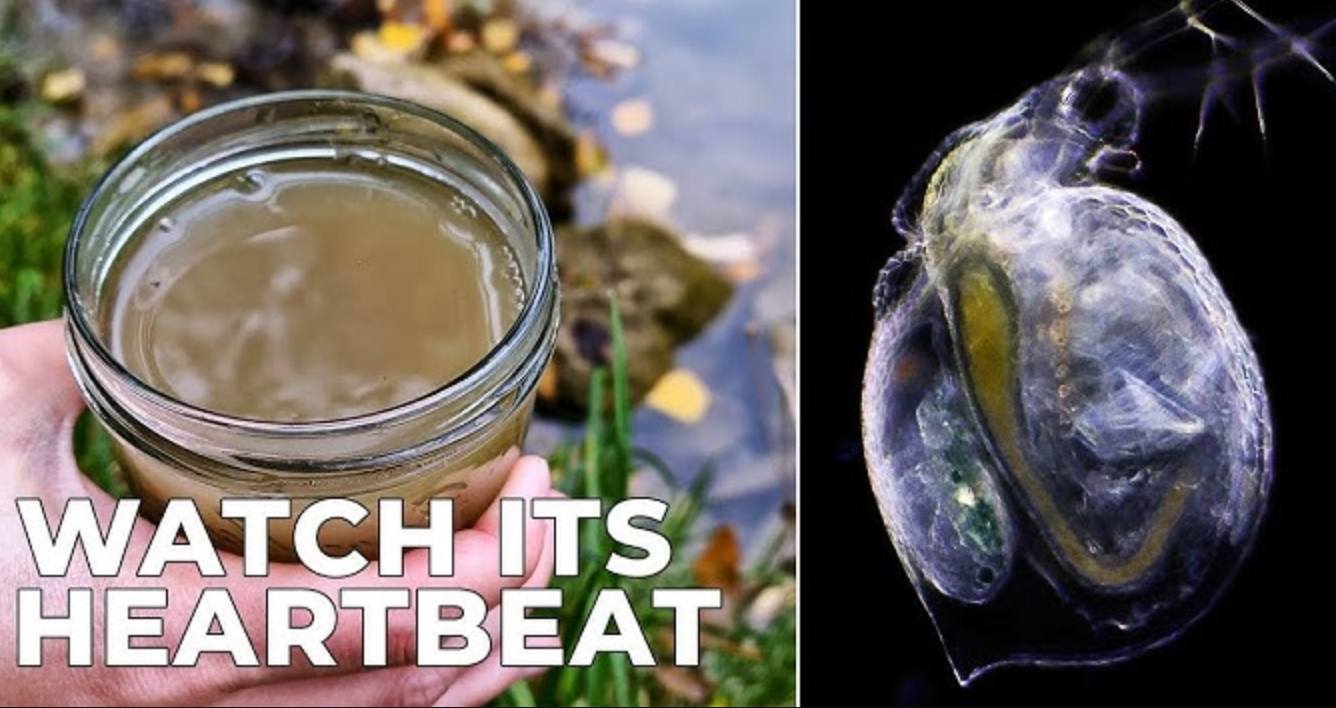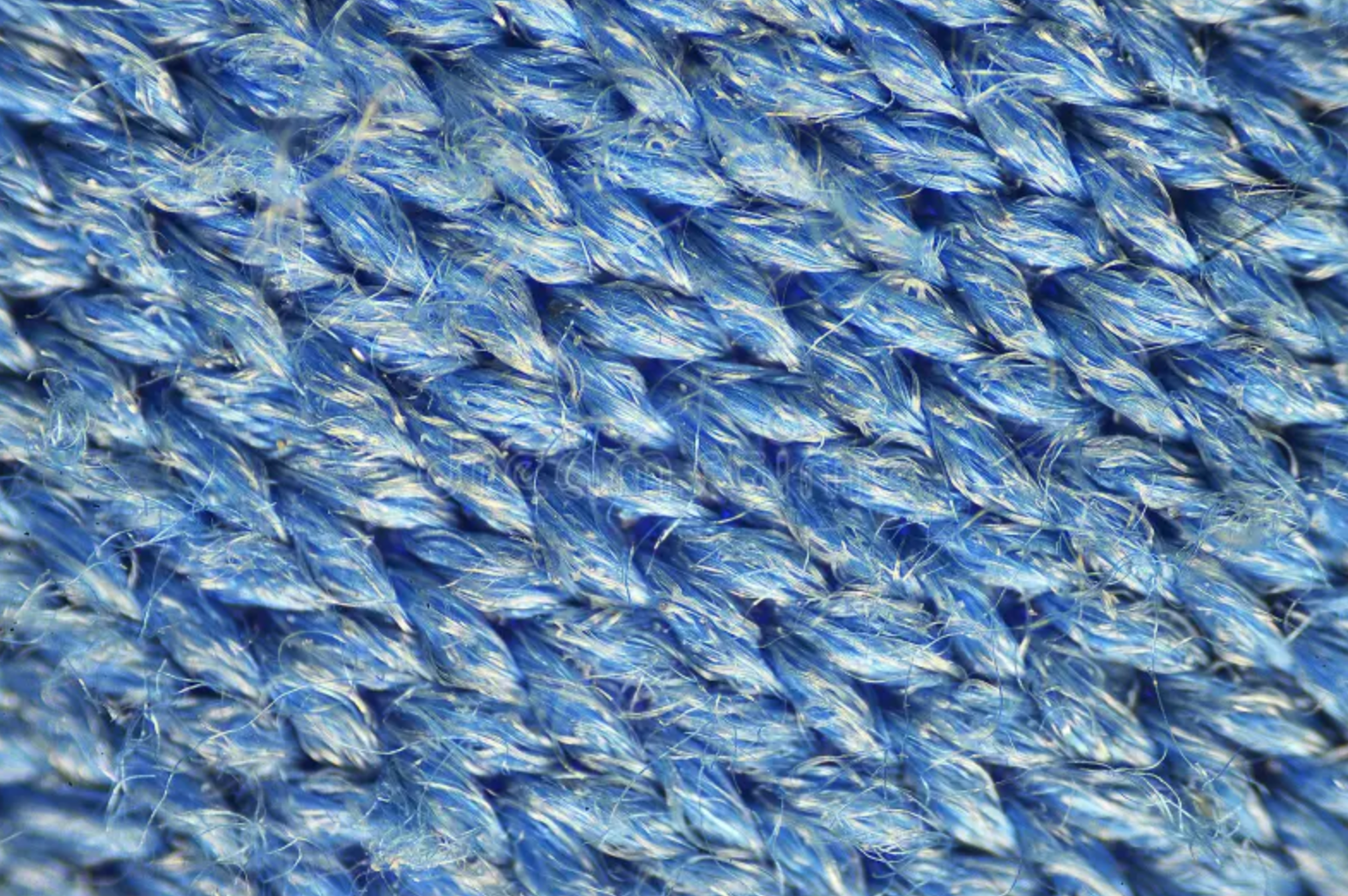Posted At: ago 14, 2024 - 875 Views

Science is all around us, and there’s no better way to ignite a child’s curiosity than through hands-on experimentation. WOWKIDS, a brand known for its innovative and child-friendly educational tools, offers a range of microscopes specifically designed for young explorers. These microscopes are more than just toys—they are gateways to the microscopic world, where kids can discover the hidden wonders of nature, everyday objects, and more. In this blog post, we will guide you through five fun and educational science experiments that your child can perform using their WOWKIDS microscope. Each experiment is designed to be easy, safe, and engaging, making science both fun and accessible for young minds.
1. Discovering the Structure of Leaves

Leaves are one of nature’s most accessible specimens, and under a microscope, they reveal a fascinating world of complex structures. This experiment allows kids to explore the veins, cells, and chloroplasts that make up a leaf, helping them understand how plants function.
Materials Needed:
•WOWKIDS microscope
•A variety of leaves (from different trees or plants)
•Tweezers
•Slides and cover slips
•Water dropper
Steps:
1.Start by having your child collect a few leaves from around the garden or park.
2.Help them use the tweezers to gently peel off a thin layer from the underside of the leaf, where the cells are most visible.
3.Place the thin layer on a microscope slide and add a drop of water using the water dropper.
4.Carefully place a cover slip over the sample to flatten it and protect the lens.
5.Let your child observe the leaf under the WOWKIDS microscope, starting with the lowest magnification and gradually increasing it.
Learning Points:
•Teach your child about the role of chloroplasts in photosynthesis and how veins transport water and nutrients throughout the leaf.
•Discuss the different types of cells they see and how they contribute to the leaf’s overall function.
2. Observing Onion Cells
Onions are an excellent subject for microscopy because their large, transparent cells are easy to observe. This experiment introduces kids to the basic unit of life—the cell—and helps them understand cell structure in a simple and visual way.
Materials Needed:
•WOWKIDS microscope
•A small piece of onion
•Tweezers
•Slides and cover slips
•Iodine solution (optional, for staining)
•Water dropper
Steps:
1.Begin by peeling off a small, thin layer of the onion’s inner epidermis using tweezers. This layer should be almost transparent.
2.Place the onion layer on a microscope slide and add a drop of water.
3.If available, add a drop of iodine solution to the onion sample to stain the cells, making them easier to see.
4.Carefully place a cover slip over the sample.
5.Let your child observe the onion cells under the microscope, again starting with the lowest magnification.
Learning Points:
•Discuss the basic structure of cells, including the cell wall, nucleus, and cytoplasm.
•Explain how cells are the building blocks of all living organisms, and encourage your child to imagine what other kinds of cells might look like under the microscope.
3. Investigating Pond Water Life

Pond water is teeming with microscopic life, making it an exciting subject for young scientists. This experiment allows kids to observe tiny organisms like protozoa, algae, and even tiny crustaceans, introducing them to the diversity of life in aquatic ecosystems.
Materials Needed:
•WOWKIDS microscope
•A jar or small container
•Pond water (collected from a nearby pond or even a stagnant puddle)
•Slides and cover slips
•Dropper
Steps:
1.Take your child to a pond or any source of stagnant water and use a jar to collect a small sample of water.
2.Back home, use a dropper to place a few drops of the pond water on a microscope slide.
3.Carefully place a cover slip over the water sample to keep it in place.
4.Let your child explore the sample under the microscope, moving the slide around to find different organisms.
Learning Points:
•Discuss the different types of microorganisms they see, such as algae (plant-like organisms), protozoa (single-celled animals), and possibly tiny crustaceans like Daphnia.
•Explain the importance of these organisms in the ecosystem and how they contribute to the food chain.
4. Examining Textile Fibers

Textile fibers are all around us, from the clothes we wear to the fabrics in our homes. This experiment helps kids understand the different materials that make up these textiles by examining them up close.
Materials Needed:
•WOWKIDS microscope
•Small samples of various textiles (cotton, wool, polyester, etc.)
•Tweezers
•Slides and cover slips
Steps:
1.Have your child collect small samples of different textiles from around the house, such as a piece of cotton fabric, wool, or synthetic fibers like polyester.
2.Use tweezers to place a few strands of each fiber onto a microscope slide.
3.Cover the fibers with a cover slip to keep them in place.
4.Let your child observe the different fibers under the microscope, noting the differences in texture, thickness, and structure.
Learning Points:
•Discuss how natural fibers like cotton and wool differ from synthetic fibers in terms of their appearance and properties.
•Explain how the structure of these fibers affects their use in clothing and other products.
5. Exploring the Structure of Hair

Hair is something we all have, but few people have seen it up close. This experiment gives kids a fascinating look at the structure of hair, helping them understand what makes up the strands on their head.
Materials Needed:
•WOWKIDS microscope
•A strand of hair (from the child or a pet)
•Tweezers
•Slides and cover slips
Steps:
1.Start by having your child carefully pluck a strand of hair from their head or use a pet’s fur (with supervision).
2.Place the strand of hair on a microscope slide and add a cover slip.
3.Let your child observe the hair under the WOWKIDS microscope, exploring the surface and structure of the hair.
Learning Points:
•Discuss the different parts of the hair strand, including the cuticle (outer layer), cortex, and medulla (if visible).
•Explain how hair grows and the role of the hair follicle in producing new hair.
WOWKIDS microscopes are more than just educational tools—they are portals to new worlds of discovery. These five science experiments offer children the chance to explore, learn, and develop a love for science in a hands-on, engaging way. Each experiment is designed to be fun and informative, helping kids understand the complexities of the world around them, one microscopic view at a time.
Encourage your child to take their WOWKIDS microscope on their next adventure, whether it’s in the backyard, at the park, or even inside the house. The more they explore, the more they’ll discover the wonders hidden in everyday objects and natural elements.

